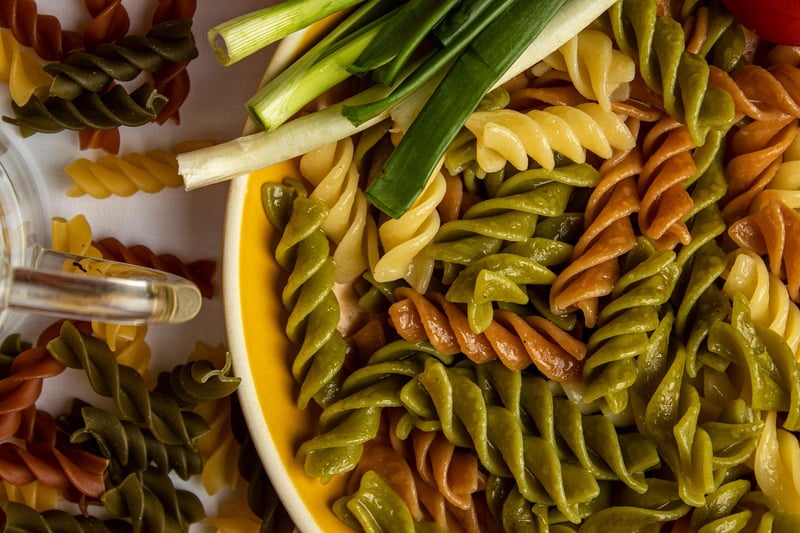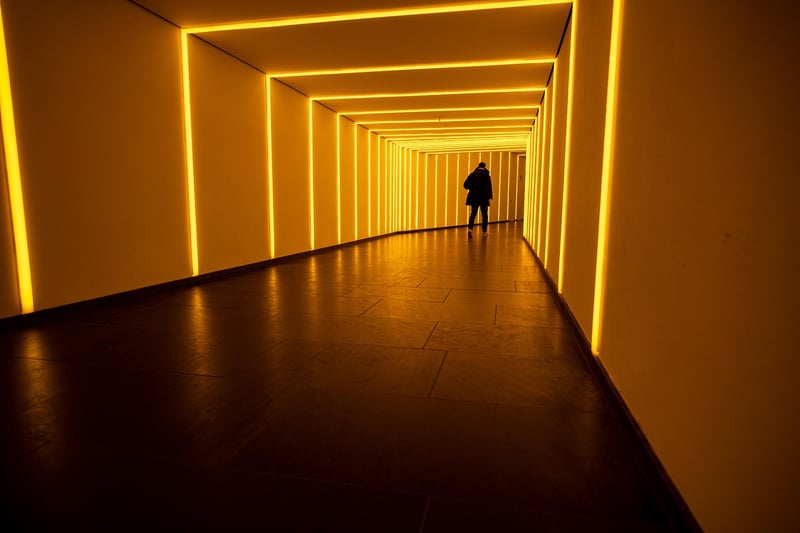Lighting Tips
Capture Culinary Beauty: Lighting Tips for Food Photography
Food photography is an art form that requires attention to detail, creativity, and skill. One of the most critical elements in capturing the beauty of culinary creations is lighting. Proper lighting can make your dishes look appetizing, vibrant, and visually appealing. Here are some lighting tips to help you elevate your food photography game:
1. Natural Light is Key
Whenever possible, utilize natural light for your food photography. Natural light provides a soft, diffused illumination that enhances the colors and textures of your dishes. Place your food near a window or shoot outdoors to take advantage of this beautiful light source.
2. Avoid Harsh Shadows
To prevent harsh shadows in your photos, avoid direct sunlight. If you're shooting indoors, use sheer curtains or white sheets to diffuse the light coming through the windows. You can also use reflectors to bounce light onto the shadowed areas of your dish.
3. Use Artificial Lighting Sparingly
If natural light is not available, you can use artificial lighting such as softboxes or LED panels. However, be cautious with artificial lighting as it can sometimes create unnatural colors or harsh shadows. Experiment with different light sources and positions to find the most flattering lighting for your dish.
4. Consider the Angle of Light
The angle of light can dramatically impact the look of your food. Experiment with different angles such as side lighting, backlighting, or overhead lighting to see which one complements your dish the best. Play around with shadows and highlights to create depth and dimension in your photos.
5. Add Props for Depth and Interest
Props such as napkins, utensils, herbs, or ingredients can enhance the composition of your food photography. They can add depth, context, and visual interest to your images. Be mindful not to overcrowd the scene; keep the focus on the main dish.
6. Edit with Care
After capturing your photos, post-processing can further enhance the lighting and overall look of your images. Use editing software like Adobe Lightroom or Photoshop to adjust exposure, colors, and contrast. Remember to edit with a light touch to maintain the natural look of the food.

By following these lighting tips and being mindful of the light sources and angles you use, you can elevate your food photography and capture the culinary beauty of your dishes in a stunning and appetizing way.
Remember, practice makes perfect, so don't be afraid to experiment and try new techniques to find what works best for your unique style and dishes. Happy shooting!
